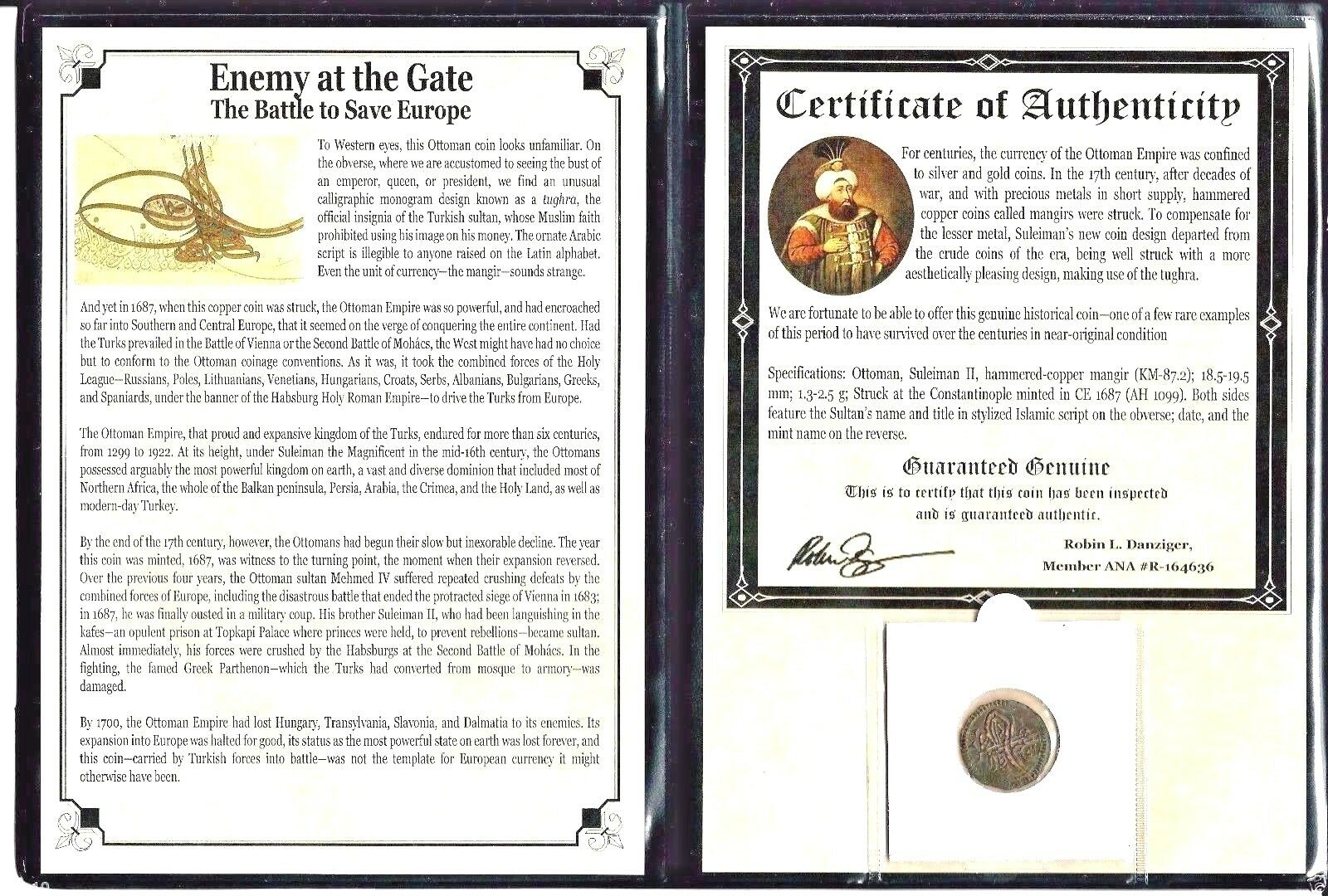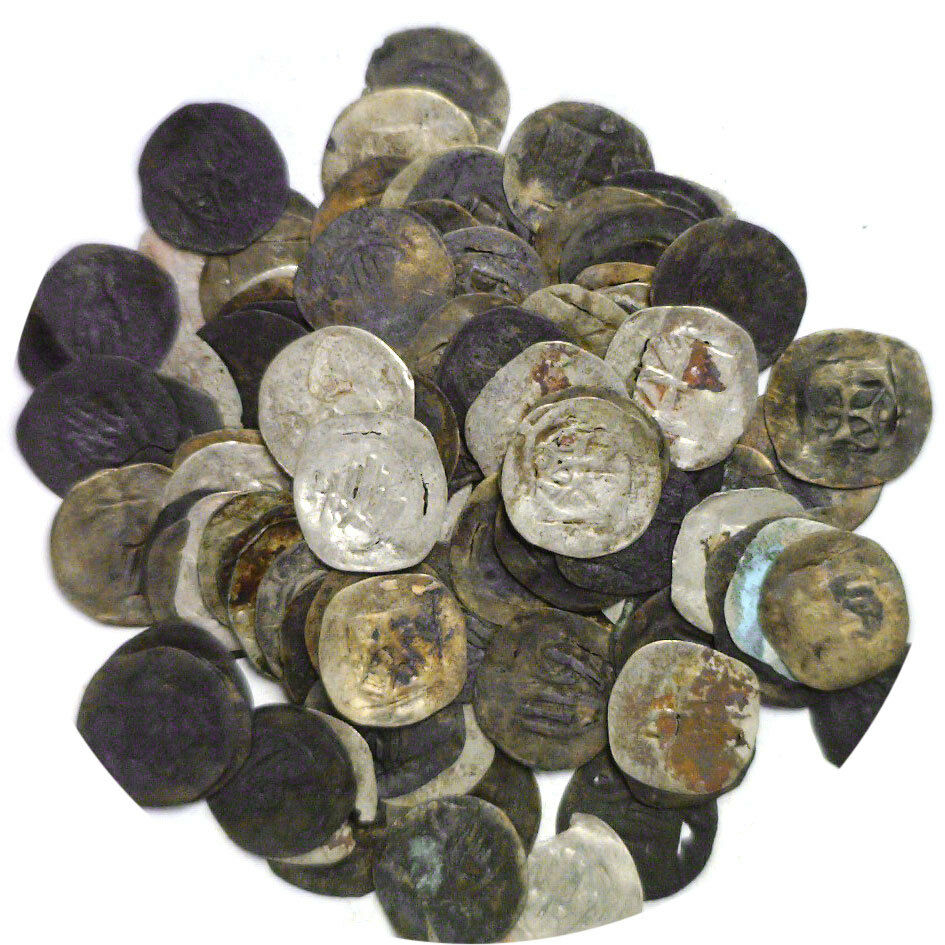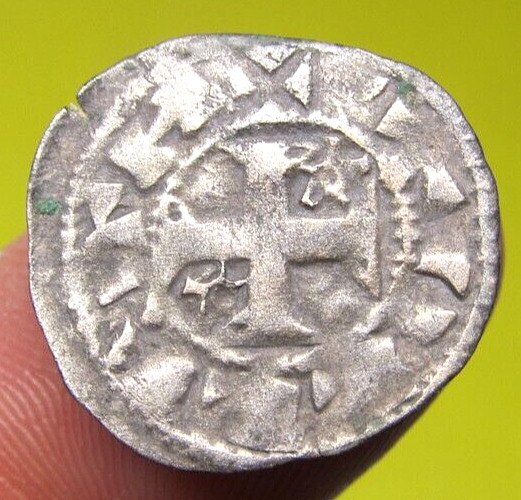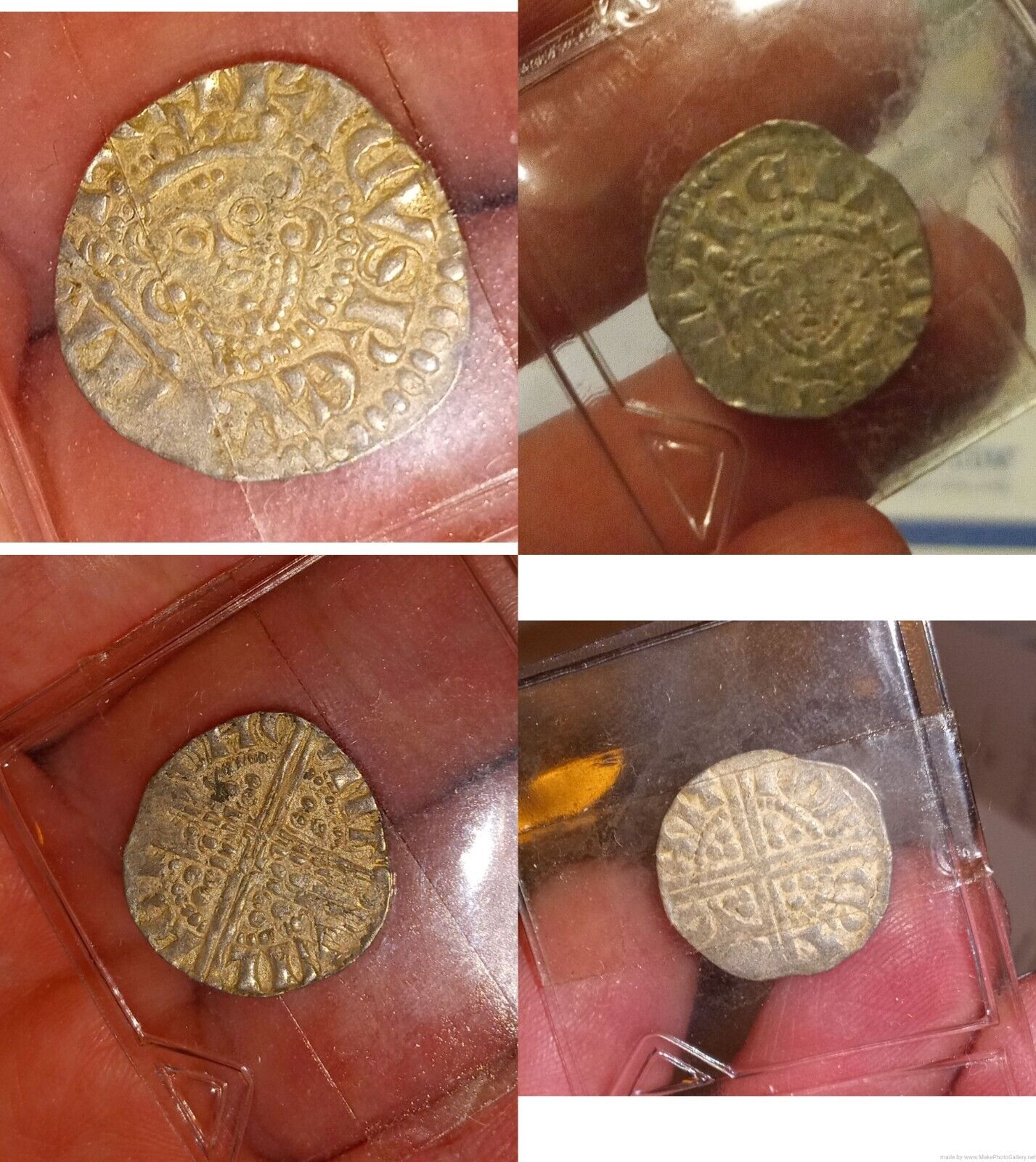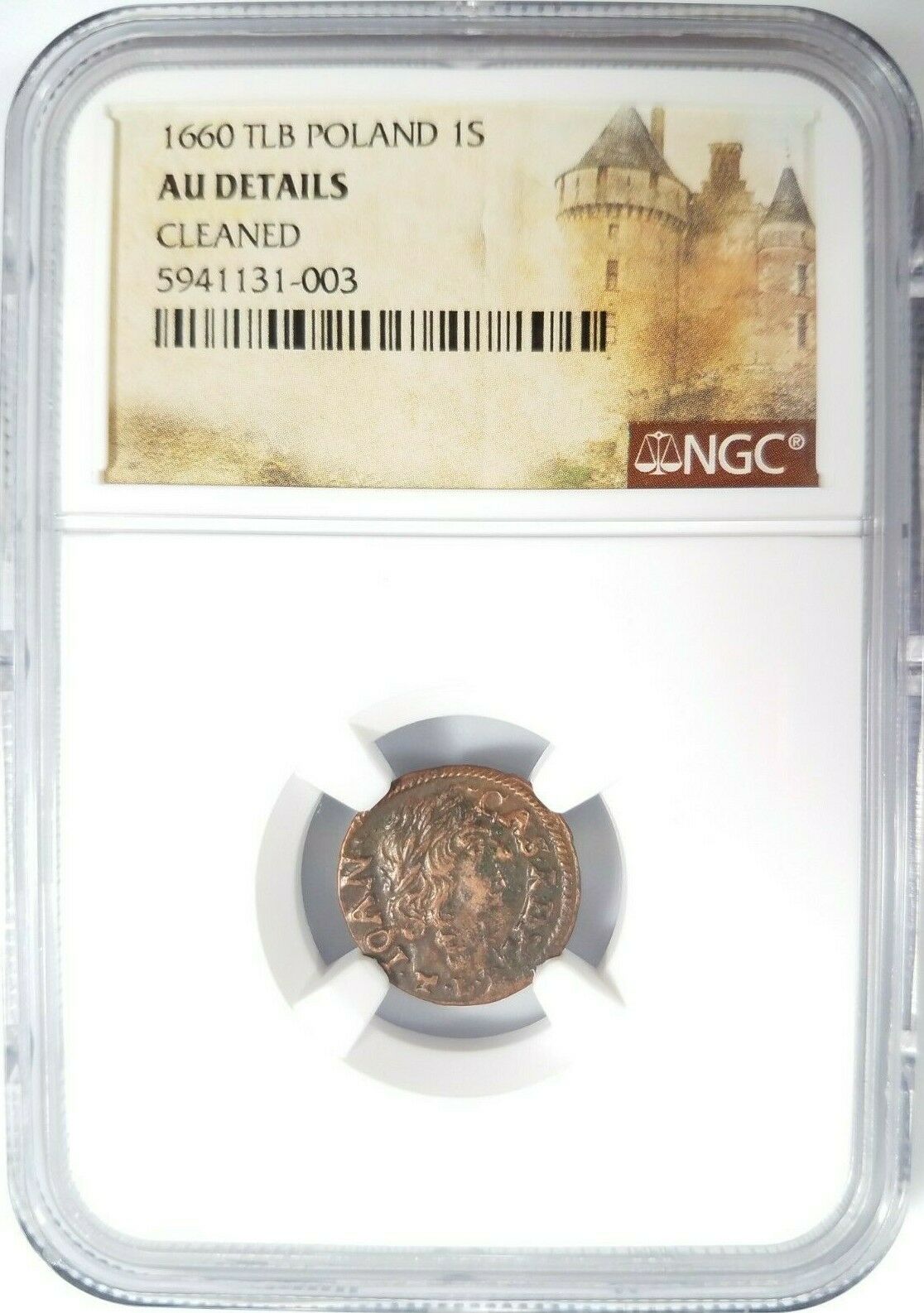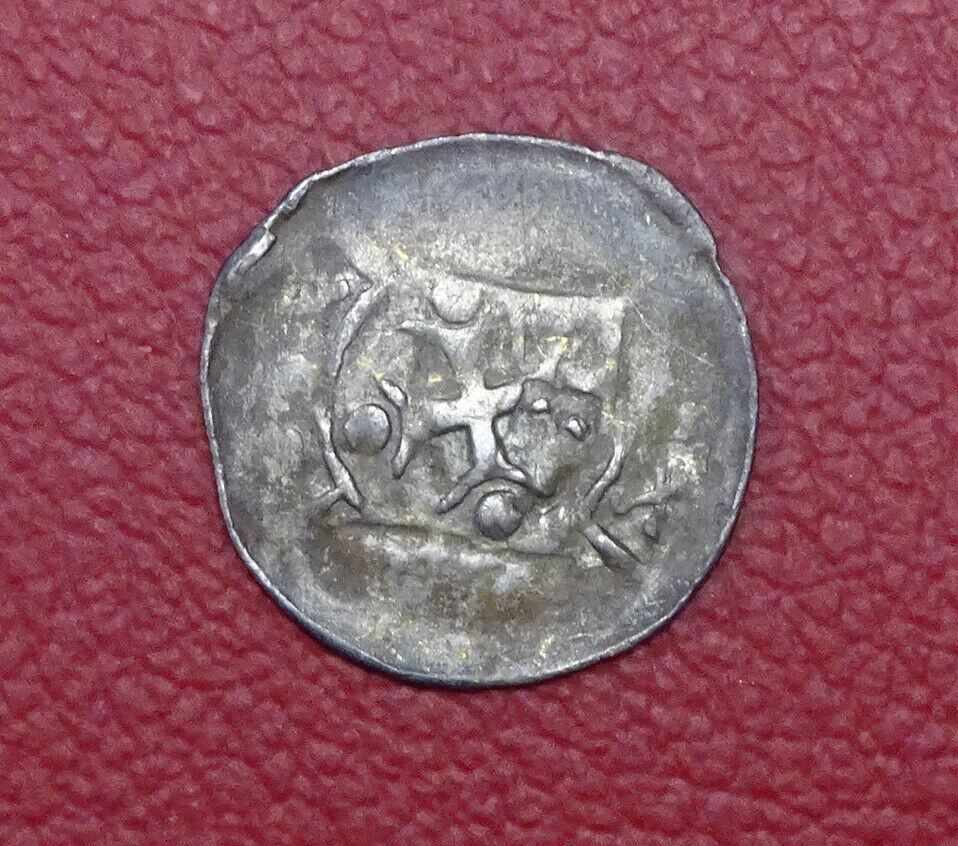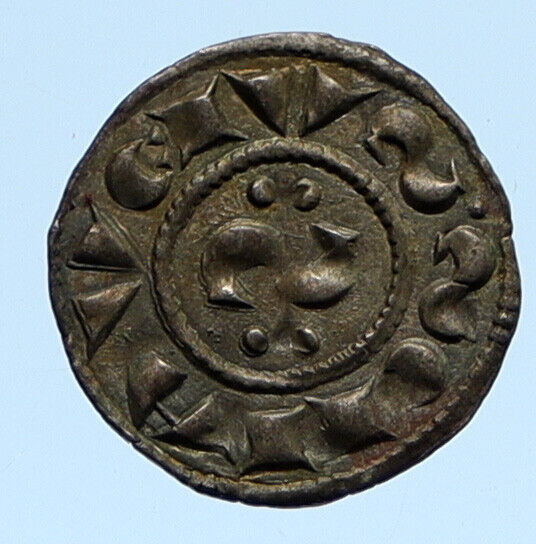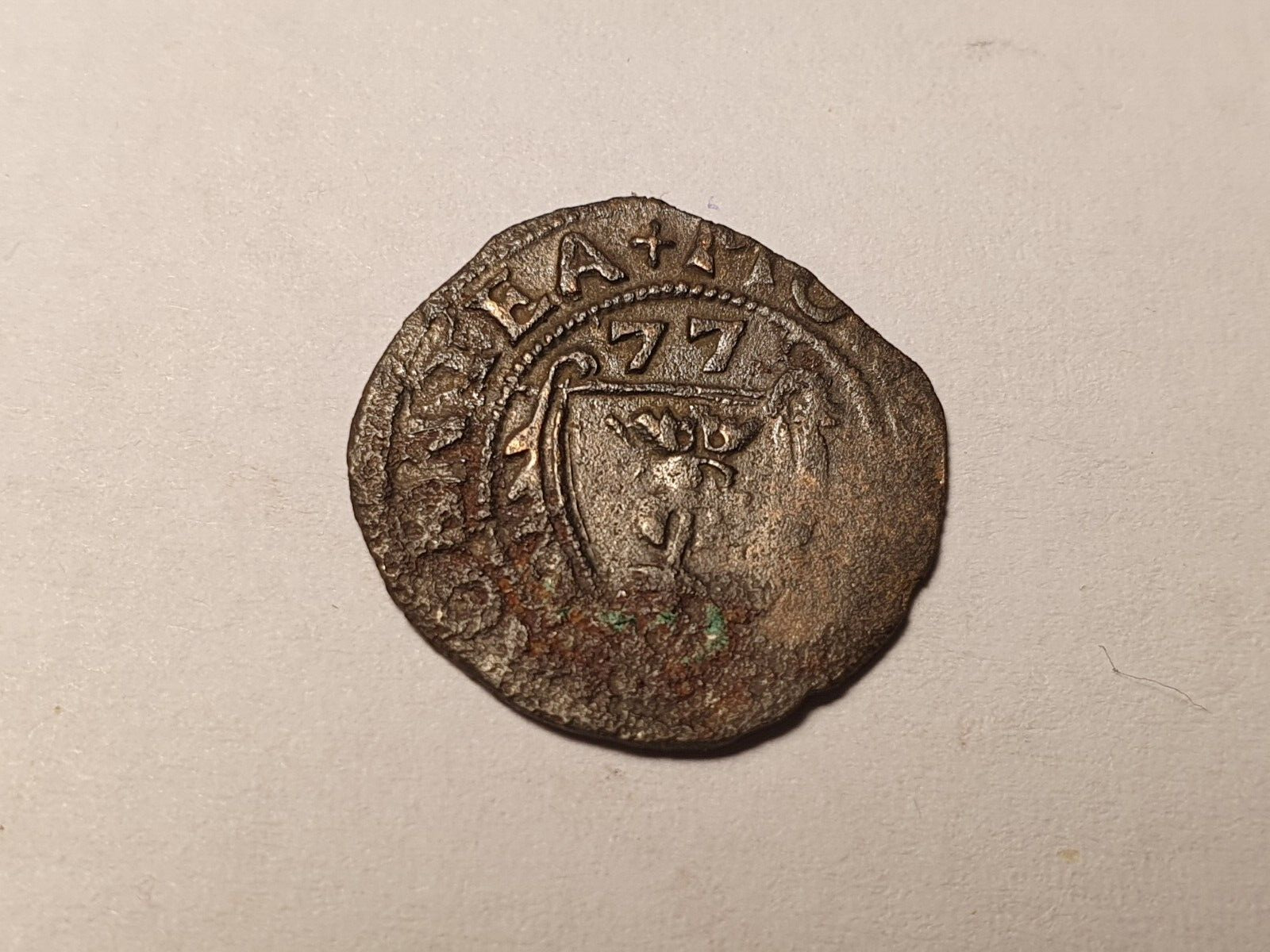-40%
Ottoman Empire Mangir Coin,Enemy At The Gate,16th Century, Album & Certificate
$ 17.14
- Description
- Size Guide
Description
Ottoman Empire Mangir Coin,Enemy At The Gate,16th Century, Album & Certificate.Possible coin variation from photo.
To Western eyes, this Ottoman coin looks unfamiliar. On the obverse, where we are accustomed to seeing the bust of an
emperor, queen, or president, we find an unusual calligraphic monogram design known as a
tughra
, the official insignia of
the Turkish sultan, whose Muslim faith prohibited using his image on his money. The ornate Arabic script is illegible to
anyone raised on the Latin alphabet. Even the unit of currency—the mangir—sounds strange.
And yet in 1687, when this copper coin was struck, the Ottoman Empire was so powerful, and had encroached so far into
Southern and Central Europe, that it seemed on the verge of conquering the entire continent. Had the Turks prevailed in
the Battle of Vienna or the Second Battle of Mohács, the West might have had no choice but to conform to the Ottoman
coinage conventions. As it was, it took the combined forces of the Holy League—Russians, Poles, Lithuanians, Venetians,
Hungarians, Croats, Serbs, Albanians, Bulgarians, Greeks, and Spaniards, under the banner of the Habsburg Holy Roman
Empire—to drive the Turks from Europe.
The Ottoman Empire, that proud and expansive kingdom of the Turks, endured for more than six centuries, from 1299 to
1922. At its height, under Suleiman the Magnificent in the mid-16
th
century, the Ottomans possessed arguably the most
powerful kingdom on earth, a vast and diverse dominion that included most of Northern Africa, the whole of the Balkan
peninsula, Persia, Arabia, the Crimea, and the Holy Land, as well as modern-day Turkey.
By the end of the 17
th
century, however, the Ottomans had begun their slow but inexorable decline. The year this coin was
minted, 1687, was witness to the turning point, the moment when their expansion reversed. Over the previous four years,
the Ottoman sultan Mehmed IV suffered repeated crushing defeats by the combined forces of Europe, including the
disastrous battle that ended the protracted siege of Vienna in 1683; in 1687, he was finally ousted in a military coup. His
brother Suleiman II, who had been languishing in the
kafes
—an opulent prison at Topkapi Palace where princes were
held, to prevent rebellions—became sultan. Almost immediately, his forces were crushed by the Habsburgs at the Second
Battle of Mohács. In the fighting, the famed Greek Parthenon—which the Turks had converted from mosque to armory—
was damaged.
By 1700, the Ottoman Empire had lost Hungary, Transylvania, Slavonia, and Dalmatia to its enemies. Its expansion into
Europe was halted for good, its status as the most powerful state on earth was lost forever, and this coin—carried by
Turkish forces into battle—was not the template for European currency it might otherwise have been.
For centuries, the currency of the Ottoman Empire was confined to silver and gold coins. In the 17
th
century, after
decades of war, and with precious metals in short supply, hammered copper coins called mangirs were struck. To
compensate for the lesser metal, Suleiman’s new coin design departed from the crude coins of the era, being well struck
with a more aesthetically pleasing design, making use of the tughra.
We are fortunate to be able to offer this genuine historical coin—one of a few rare examples of this period to have
survived over the centuries in near-original condition.
Data:
Ottoman, Suleiman II, hammered-copper mangir (KM-87.2) Album open measures: 11” x 7.5
”
Diameter : 18.5-19.5 mm; Weight: 1.3-2.5 g Album folded measures: 5.5” x 7.5”
Obverse: Sultan’s name and title in stylized Islamic scr ipt
Reverse: date, and the mint name
Album open measures: 11” x 7.5
”
Album folded measures: 5.5” x 7.5
”
ANA Platinum Member,# 3163853
Over 22,000 positive feedbacks
All Items Ship Priority Mail.
